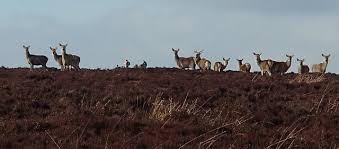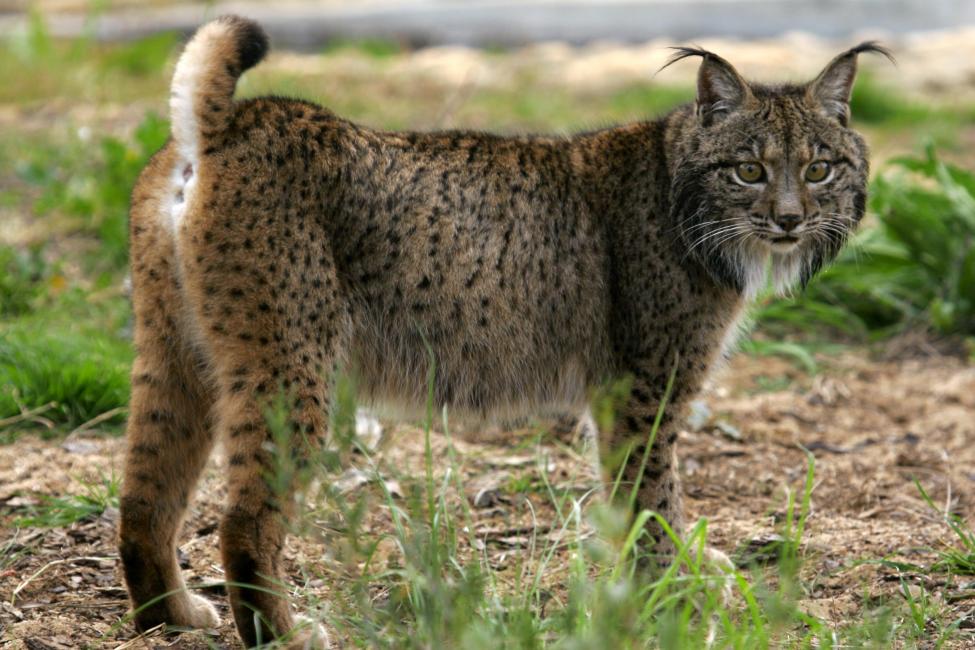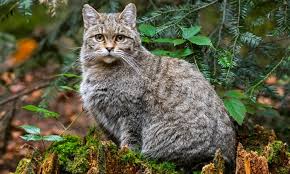The bears in France are often talked about like a problem child. However in actual fact that is not what they are like at all.
Bears are omnivores, and as such while they spend much of their time eating berries or roots they are capable of scary bursts of speed. Bears have been filmed running in excess of 35 mph, which means that even at his top speed a bear could catch up with Usain Bolt. More to the point, while better suited to sprints, bears can keep up an impressive speed for a significant distance – certainly further than a human could. This means, that while for much of the year they are herbivores, they are highly intelligent opportunistic hunters, and therefore cannot be relied upon to act in a certain way.
As with many other large mammals, they view children under 10 as essentially relatively harmless – meaning that small children should not be alone in bear country. Attacks on humans – even small children, are rare as with chimpanzees and wolves, however they are not unheard of.
Here is a video from a few years ago. A man had gone for a walk in the mountains with his son. where they encounter a bear at close range. Just remember that this mountain range is roughly 270 miles long and 80 miles wide (at its widest) covering over 7000 square miles (just a bit smaller than wales) and within this mountain range there are 43 bears. These all fall within 5000 square km (just under 2000 square miles) but this means that bears are rare and being shy generally stay out of site. Furthermore, bears are most active between dusk and dawn so seeing one in the middle of the day is rare.
Continue reading “Bears do have close encounters with people, however sensible behaviour makes this interesting for both”
















